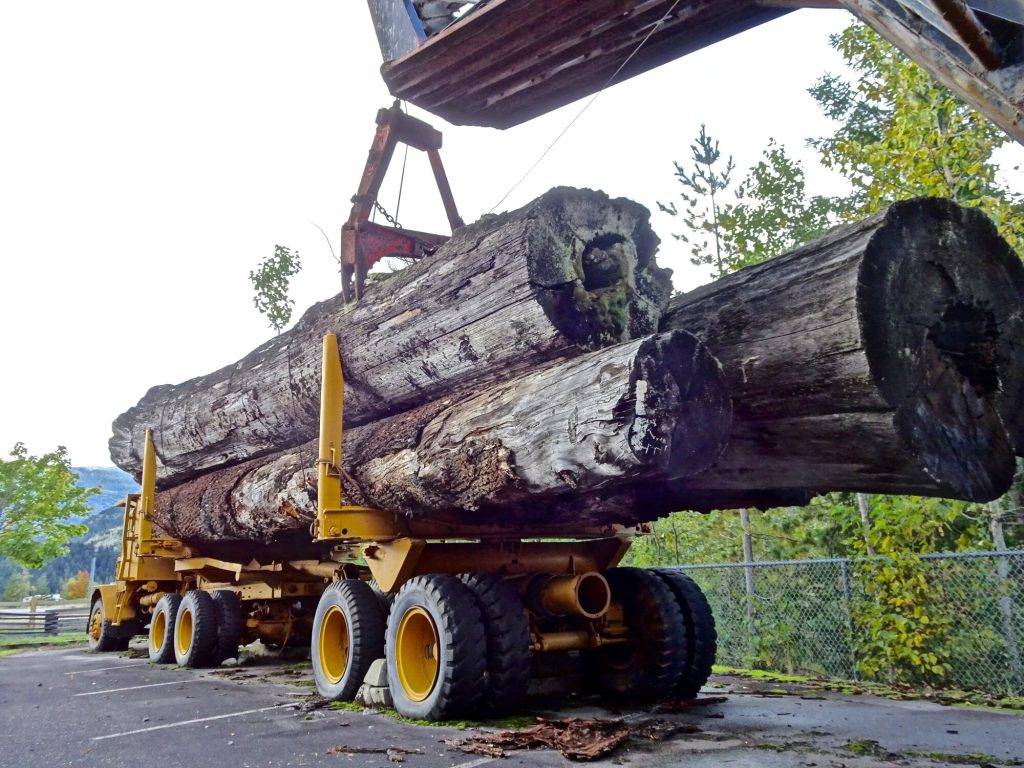UK foresters harvested 10.8 million green tonnes of roundwood in 2020. However, employment in the industry was down compared to 2019.
Are you looking for ways to make your forestry business more competitive? Do you need new equipment but aren’t sure you have the capital?
Forestry equipment financing can help you get the machinery you need in a way your business can afford. Learn more in this forestry equipment financing guide.
Types of Forestry Equipment You Can Finance
A range of forestry equipment and firewood machinery is eligible for financing. Forestry equipment includes many different categories of machines depending on your operation. You may need to finance types of equipment such as:
- Felling equipment like harvesters and feller bunchers
- Extraction equipment like log loaders, yarders, skidders, and forwarders
- Processing equipment like log splitters
- Other supporting equipment like mulchers, chippers, tractors, and bulldozers
- Firewood machinery like firewood processors, log saws, and conveyors
Whether you hope to add one or several pieces of equipment to your fleet, you can apply for financing.
New or Used Forestry Equipment
You can finance new or used forestry equipment. The financing options may be somewhat different, though, depending on the lender.
You can save a significant amount of money by purchasing used equipment. The lower cost of used forestry equipment may help you qualify for financing more easily.
Equipment with low hours can be well worth considering. This is especially true if the machine was part of a company fleet with high maintenance standards.
Asset Finance
Asset finance helps you pay for forestry equipment in a way that’s more manageable for your business. It uses some of your business assets as security for the loan, which can give you more favourable terms.
You can get forestry equipment financing using the machinery you’re buying as collateral. You can also use assets you already own as collateral. Your assets may include vehicles, other equipment, and buildings.
Several different types of asset finance are available. A finance advisor can help you decide which kind of finance would be the best option for your business.
Hire Purchase Finance
Hire purchase finance spreads out the payments for your forestry equipment. You own the machinery outright when the payment schedule is complete.
Hire purchase usually requires a down payment. You then make monthly payments at an agreed interest rate to pay off the remaining cost. You may also pay a final transfer fee when you take ownership of your forestry equipment.
Monthly payments can be relatively high with hire purchase. The payments remain stable for the entire repayment period, though, which makes budgeting easier.
Operating Lease
With an operating lease for forestry equipment, you never take ownership of the equipment. The risks and rewards to ownership stay with the lessor. This includes equipment maintenance.
With an operating lease, you make monthly payments over the agreed timeframe. The lease period is shorter than the life of the equipment. You can change or upgrade your machinery sooner and more easily than if you purchased it.
The payments for an operating lease can be lower than other types of asset finance.
Finance Lease
A finance lease or capital lease lasts for most of the lifespan of your forestry equipment. The leasing company buys equipment on your behalf. You make payments over an agreed timeframe that will cover the cost of the machinery.
You don’t own the equipment, but you’re responsible for the risks and rewards of ownership.
When the lease term ends, you can sign another lease contract or the lessor can sell the asset. You may get some of the proceeds from the sale. A finance lease can have tax benefits for your business because you don’t technically own the equipment.
Equipment Lease
An equipment lease is similar to a finance lease. However, you have the option to buy the equipment at the end of your contract. The lessor is responsible for maintenance.
At the end of the contract, you can:
- Extend the lease
- Return the equipment
- Buy the equipment
- Get new equipment
Equipment lease agreements are based on depreciation of the machinery instead of the full purchase price. This makes your monthly payments lower.
Asset Refinance
Unlike the other types of asset finance, asset refinance uses something you already own to secure a new loan. You refinance your existing asset to raise capital to buy forestry equipment.
To refinance, you sell an asset like another piece of equipment to the lender. You then use that capital to buy your new machinery. You pay back the refinance as a hire purchase or finance lease.
You keep the refinanced asset in your possession just as in a standard hire purchase or finance lease contract. Ownership transfers back to you at the end of the contract period.
Invoice Finance
Invoice finance uses your unpaid invoices as security for funding. You’re essentially borrowing money that your clients already owe you.
With invoice finance, you sell your invoices to an invoice finance provider. You receive a percentage of the invoices’ value. Some lenders will handle chasing the payments while others will leave the responsibility to you.
Invoice finance is less risky than other loans. You don’t have monthly payments or additional debt.
Unsecured Business Loans
If you don’t want to use your business assets as security for a loan, unsecured loans are a possibility. An unsecured business loan gives you the capital you need to buy your forestry equipment. You repay the loan in fixed monthly instalments at an agreed interest rate.
Unsecured loans are riskier for the lender. Qualifying for one can be somewhat difficult. The terms may be less favourable than for asset finance.
Getting Forestry Equipment Financing
High street banks were traditionally the main sources of business funding. However, many more options are available today. Other banks, finance companies, and online finance providers may have funding solutions for your business.
Your business credit score has a large impact on your ability to get forestry equipment financing. The lender may ask to see documents including:
- Business bank statements
- Financial statements
- Business and personal tax returns
You should also have a clear plan for how much you want to borrow and how you’ll use the money. Comparing quotes from several lenders will help you get the best finance terms.
Where to Find the Right Funder
When you need new machinery, you need more than just forestry equipment financing tips. You need someone you can trust to be your partner throughout the process.
An experienced finance broker can help you find the right finance solution for your business. A broker will work with you to decide on the best type of loan for your forestry equipment. Then they’ll help you find the right lender.
You can trust Parkins Finance with your business finance needs. We specialize in the transport and construction industry, including forestry. We offer a broad range of capital financing solutions to fit your business.
Learn more about our forestry equipment asset finance solutions and schedule a consultation today.

